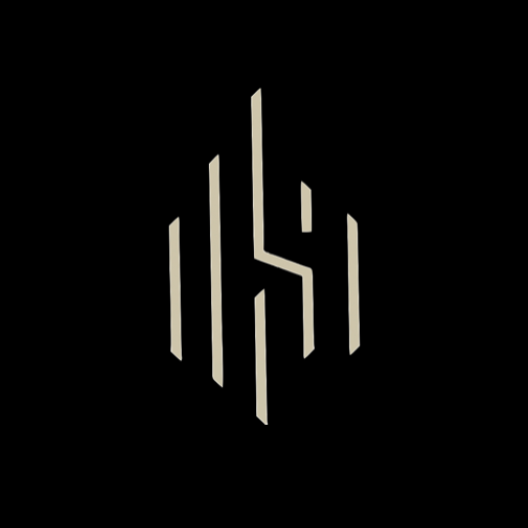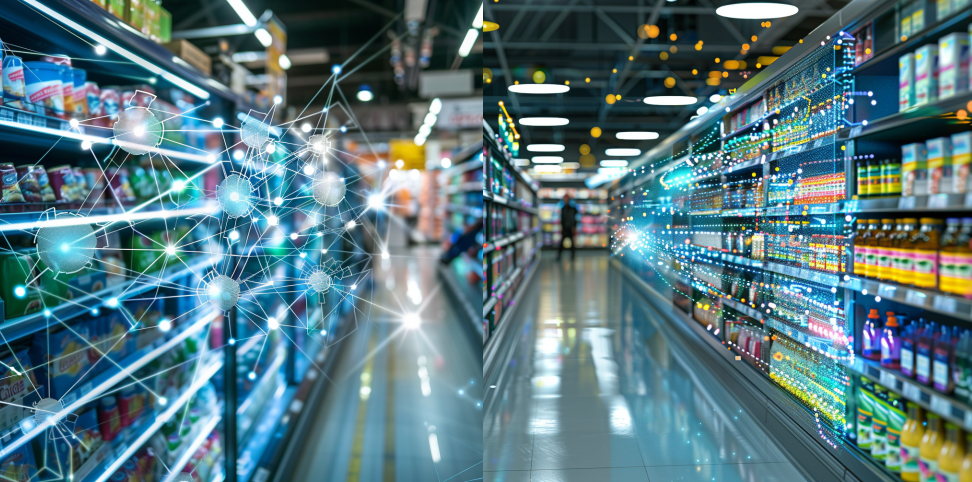The integration of IoT (Internet of Things) technology in Fast-Moving Consumer Goods (FMCG) companies represents a significant opportunity to transform consumer engagement strategies and operational efficiency.
Understanding IoT in FMCG Context
IoT refers to a network of physical devices embedded with sensors, software, and connectivity capabilities that enable the collection and exchange of data over the internet. In the FMCG sector, IoT can include a wide range of applications, from smart packaging and connected appliances to supply chain monitoring systems and consumer analytics platforms.
Leveraging IoT for Consumer Engagement
FMCG companies can harness IoT technology to deepen consumer engagement in several innovative ways:
- Personalised Consumer Experiences: IoT-enabled devices, such as smart refrigerators or beverage dispensers, can collect data on consumer preferences and usage patterns. This data allows companies to offer personalised product recommendations, promotions, and loyalty rewards tailored to individual consumer behaviours.
- Direct Marketing Channels: IoT devices provide direct channels for FMCG brands to interact with consumers. For example, smart packaging equipped with NFC (Near Field Communication) tags or QR codes can deliver product information, recipes, and promotional offers directly to consumers' smartphones.
- Enhanced Customer Support: IoT-connected appliances can provide real-time diagnostics and troubleshooting, improving customer support experiences by proactively addressing issues and offering remote assistance.
Operational Benefits for FMCG Companies
IoT integration offers operational efficiencies that streamline supply chain management and enhance sustainability initiatives:
- Supply Chain Optimisation: IoT sensors in warehouses, distribution centres, and transportation vehicles provide real-time visibility into inventory levels, logistics routes, and product conditions. This data enables FMCG companies to optimise inventory management, reduce stockouts, and minimise wastage.
- Predictive Maintenance: IoT-enabled machinery and equipment in manufacturing facilities can monitor performance metrics, detect anomalies, and predict maintenance needs. This proactive approach reduces downtime, extends asset lifespan, and improves overall production efficiency.
- Energy Efficiency and Sustainability: IoT devices can optimise energy consumption in production processes and distribution networks. Smart packaging solutions equipped with environmental sensors can monitor factors like temperature, humidity, and light exposure to ensure product quality and safety while minimising environmental impact.
Implementing IoT in FMCG Companies
Implementing IoT in FMCG involves several key steps:
- Assessment and Planning: FMCG companies need to assess their operational needs and objectives for IoT integration. This includes identifying specific use cases, setting clear goals, and evaluating potential ROI.
- Technology Integration: Selecting IoT devices, sensors, and platforms that align with business requirements and are compatible with existing IT infrastructure is crucial. Integration with enterprise systems for data analytics and customer relationship management (CRM) enhances the effectiveness of IoT solutions.
- Data Management and Security: Establishing robust data management practices and cybersecurity measures is essential to protect consumer data privacy and ensure compliance with regulations such as GDPR (General Data Protection Regulation).
Case Studies and Examples
- Nestlé: Smart Packaging and Supply Chain Optimisation Nestlé has embraced IoT to improve supply chain visibility and enhance consumer interaction. They use smart packaging equipped with NFC tags and QR codes to provide consumers with detailed product information, including ingredients, nutritional values, and sourcing details. This technology also helps Nestlé monitor product authenticity and combat counterfeiting. Additionally, IoT sensors in transportation vehicles and warehouses enable real-time monitoring of inventory levels, temperature, and humidity, ensuring product quality and safety throughout the supply chain.
- Procter & Gamble (P&G): Connected Devices for Personalised Consumer Experiences P&G has integrated IoT into their product offerings to deliver personalised consumer experiences. For instance, their Oral-B toothbrushes connect to a smartphone app via Bluetooth, providing users with real-time feedback on brushing habits and techniques. The app also offers personalised oral care tips and reminders for dental appointments. This IoT-enabled device not only enhances oral hygiene but also strengthens brand loyalty by offering value-added services based on individual consumer preferences and behaviours.
- Diageo: Smart Bottles and Data-Driven Insights Diageo, known for brands like Johnnie Walker and Guinness, utilises IoT technology in their smart bottles to gather valuable consumer data and enhance marketing strategies. These bottles feature embedded RFID (Radio Frequency Identification) tags that track their journey from production to consumption. This data provides Diageo with insights into consumer consumption patterns, product popularity, and geographical distribution. By analysing this information, Diageo can tailor their marketing campaigns, optimise inventory management, and launch targeted promotions that resonate with their diverse consumer base.
- Mars Petcare: IoT for Health Monitoring and Product Innovation Mars Petcare has integrated IoT into their pet food products to cater to pet owners' growing interest in health and wellness. Their "Whistle" activity trackers for pets utilise IoT technology to monitor pets' activity levels, sleep patterns, and overall health metrics in real-time. The data collected from these devices helps pet owners track their pets' well-being and make informed decisions about nutrition and exercise. Mars Petcare uses this data to innovate new products that meet evolving consumer demands for personalised pet care solutions, enhancing both consumer satisfaction and brand loyalty.
- Amazon Dash Replenishment Service (DRS): Automated Reordering While not a traditional FMCG company, Amazon's Dash Replenishment Service (DRS) demonstrates IoT integration in consumer goods. DRS-enabled devices, such as printers and washing machines, automatically reorder supplies (like ink cartridges or detergent) when they are running low. This seamless integration simplifies the consumer experience, ensuring that essential products are replenished without the need for manual intervention. By partnering with FMCG brands, Amazon expands the scope of IoT in everyday consumer goods, enhancing convenience and efficiency for consumers worldwide.
Challenges and Considerations
While IoT offers numerous benefits, FMCG companies must address challenges such as interoperability between different IoT devices, scalability of IoT solutions, data security risks, and upfront investment costs.
Future Trends and Outlook
The future of IoT in FMCG is promising, with advancements in AI-driven analytics, blockchain for supply chain transparency, and edge computing enhancing the capabilities of IoT-enabled solutions.
IoT integration presents FMCG companies with transformative opportunities to enhance consumer engagement, optimise operations, and drive sustainable growth. By leveraging IoT technology strategically and responsibly, these companies can stay competitive in a rapidly evolving market landscape, delivering personalised experiences and operational efficiencies that meet the evolving demands of consumers and stakeholders alike.
Sonder Capital Limited, headquartered in London, is your strategic partner in the hospitality, leisure, retail, consumer and luxury goods sectors. With a commitment to excellence and innovation, we offer customised business strategies, comprehensive financial advisory services and harness cutting-edge technology to empower your success. Partner with us to unlock your business's full potential.

